Photography courtesy of Lowell Washburn, all rights reserved.
If there was a single month of the year that I could grab, put in a bottle, and keep forever – that month would be October. For those who love the out-of-doors, the month of October offers an unparalleled array of sights and sounds. Fall colors achieve their peak during October. Our marshes and woodlands are never brighter. Cool in the shade but warm in the sunlight, the air is never fresher. It’s a rare time of the year when the weather seems to agree with everyone
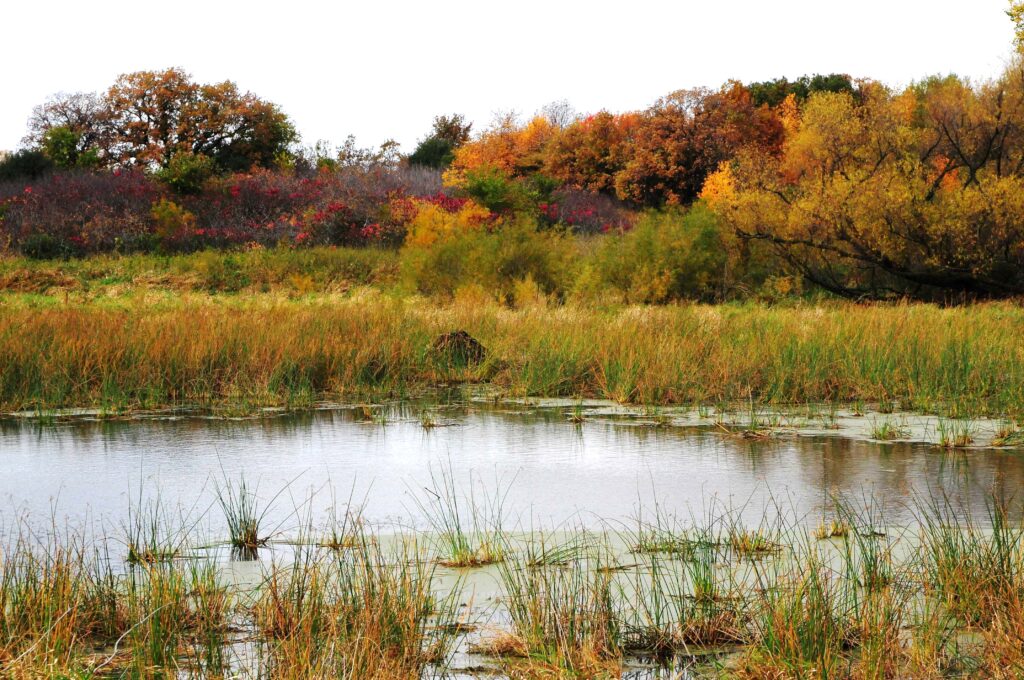
The list of early autumn activities seems endless. The fall walleye bite kicks into overdrive during October and you’ll never stand a better chance of landing the biggest fish of your life. In nearby woodlands, squirrels are busily consuming, or burying, this year’s bumper crop of acorns, while sleek white-tailed bucks show off their newly polished antlers. The fall bird migrations are at a peak this month. Whether your interests lean toward warblers, waterfowl, or raptors, October is a time like no other.
Speaking of birds, Iowa pheasant populations are at a twenty year high this year. This, combined with the fact that this is the centennial year of Iowa pheasant hunting, is certain to create an increased level of participation when the season opens on October 25.
The list goes on, and these are just a few of the highlights October has to offer. There is no denying that the month has a lot to offer. I try to sample it all which is, of course, impossible. There are only so many hours in the day. But when forced to prioritize, my early season goose hunts rise to the top. For me, there are few sights or sounds that can match the excited clamor as a line of incoming Canadas lock their wings and descend to the decoys. Wild geese stir my blood.
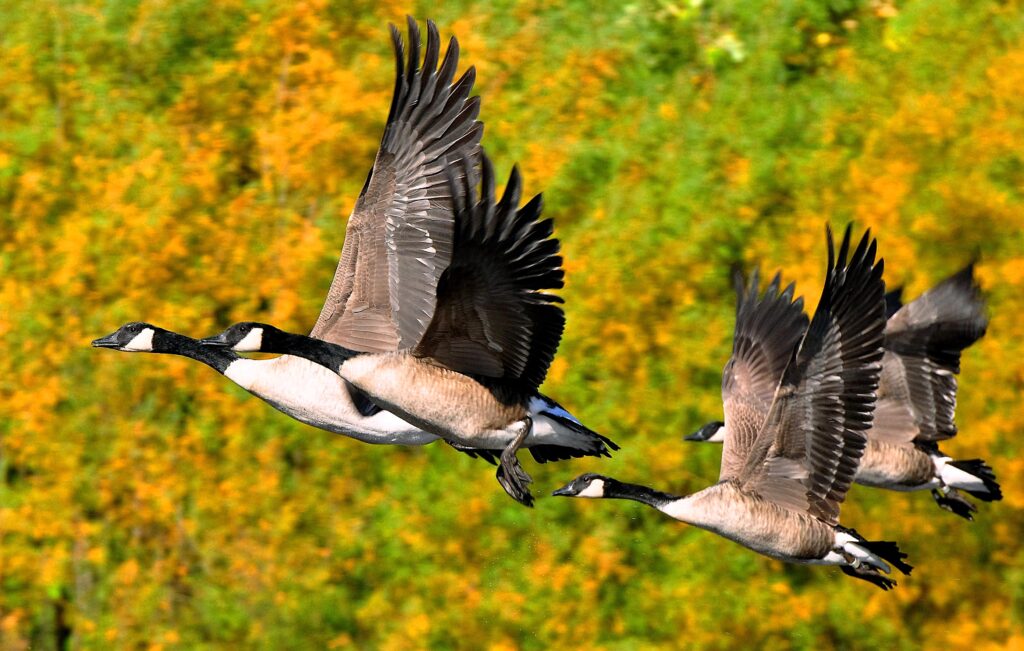
October goose hunts are distinctly different than those that occur during the wind, snow, and ice of late season. October goose hunts are, for lack of a better term, relaxing. Once the decoys are out, you just sit back and, well, you relax. No heavy mittens, no bulky coats, no danger of frostbite – just pure autumn enjoyment.
On some mornings, the first flock will appear shortly after sunrise. On other days, the wait may be considerably longer. On those occasions, a goose hunter’s lunch box becomes an essential piece of equipment. Goose hunters are famous for going big on lunch. Essentials may include such items as cinnamon rolls, baked ham & Swiss on rye, spicy deer sticks, deer salami, wedges of Wisconsin cheese, pumpkin pie, and other such delights that would make your physician cringe.
In addition to snacking, there are always plenty of other things to hold your attention while waiting for geese. The early season wetlands are full of life, and time spent here is never boring. Slowly stalking the marsh shorelines, blue herons, egrets, and other wading birds engage competitive frog and fish spearing. Curious marsh wrens chatter nearby while the raspy voice of a hen mallard emanates from some hidden opening in the cattails. Meanwhile, migrating birds of all descriptions pass overhead. Patience is key and, sooner or later, the sound of traveling geese will reach the hopeful hunter’s ear.

Earlier this week, I was treated to just such an event. Although a number of other birds had dropped into the decoys, I had not heard or seen a single goose during the first two hours of daylight. Then, while watching a group of foraging yellowlegs, the almost imperceptible sound of airborne geese refocused my attention. The music grew louder until I eventually spotted the birds – a line of eleven honkers moving across the landscape in a southerly direction. When I fired off a greeting, the birds turned. As the flock drew closer, their calls became more frequent and there was an obvious excitement in their voice. Arriving over the decoys, the geese offered a twenty yard chip shot. But although the huge birds had begun to lower their black-webbed landing gear, the flock was apparently moving too fast for a comfortable landing. Mesmerized by the sight, I let the flock pass by. Our conversation resumed, and the flock turned for a second pass, this time at a range of 15 yards, maybe less – offering shots that a preschooler could have completed. Raising the shotgun, I collected a bird with each barrel. In the space of just a couple of minutes, I had gone from not seeing a single goose all morning to having a limit of two fat honkers in the bag.
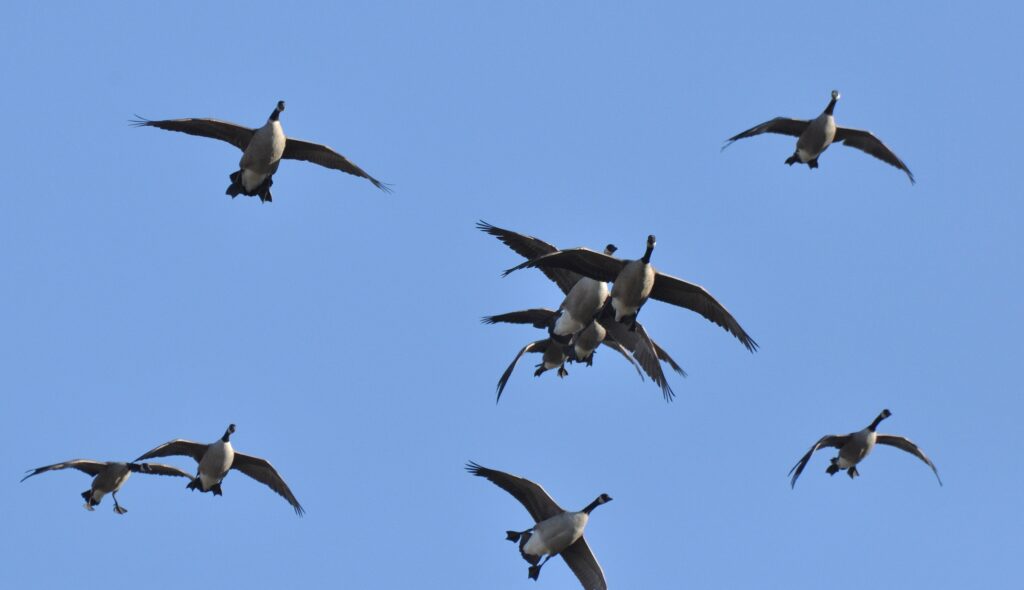
Canada geese come in several distinct subspecies. As we move deeper into October, flocks of homegrown Iowa giants become homogenized with birds arriving from the north – some from as far away as subarctic tundras. The goose I bagged with my first shot was a light breasted, giant Canada weighing eleven pounds. The second goose was smaller, weighing less than eight pounds and with much darker feathering. That bird was clearly an ‘out of town visitor’ offering conclusive proof that the annual fall goose migration is underway.
Pouring a cup of coffee, I sat back to savor the moment. A large grouping of pectoral sandpipers suddenly appeared from northeast and touched down on a narrow spit of mud to the side of my blind. Although only minutes had passed since bagging those two Canadas, I was soon greeted to the noisy arrival of more geese. Moments later, a magnificent pair of trumpeter swans passed to the rear. It was shaping up to be a very exciting morning. My shotgun had been put away. But fortunately for me, the photography season is never closed.
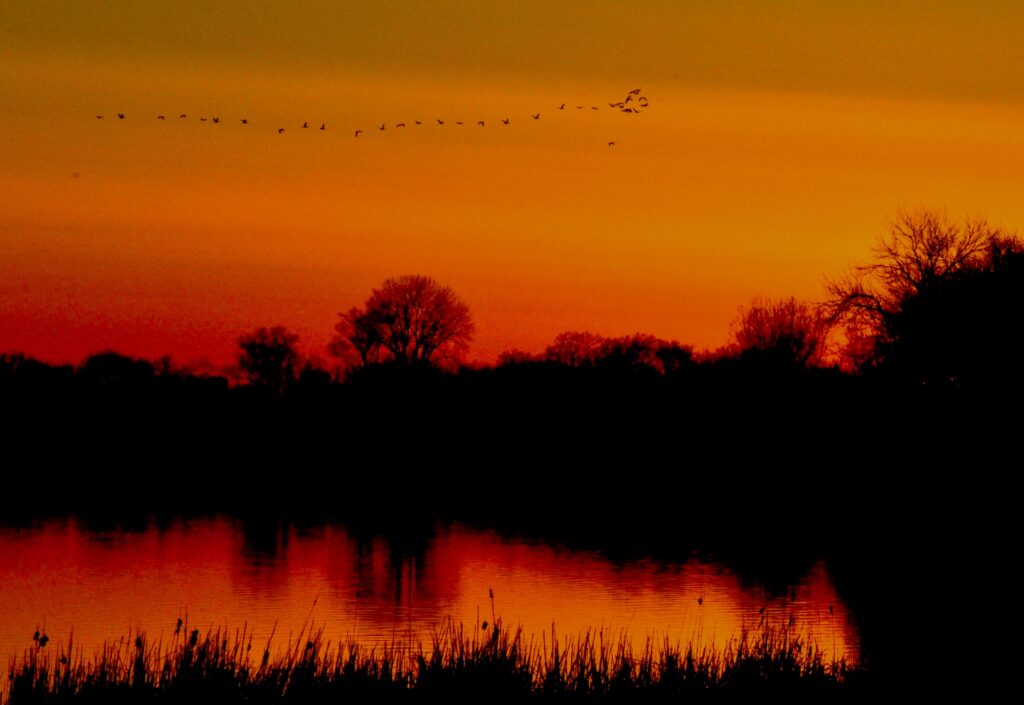

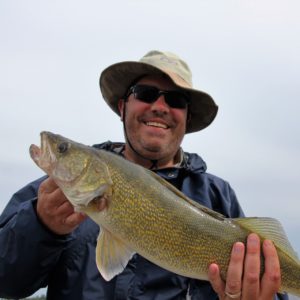 Tom Cope
Tom Cope Sue Wilkinson
Sue Wilkinson Susan Judkins Josten
Susan Judkins Josten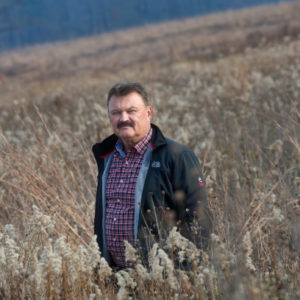 Rudi Roeslein
Rudi Roeslein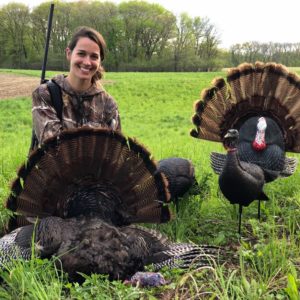 Elyssa McFarland
Elyssa McFarland Mark Langgin
Mark Langgin Adam Janke
Adam Janke Joe Henry
Joe Henry Kristin Ashenbrenner
Kristin Ashenbrenner Joe Wilkinson
Joe Wilkinson Dr. Tammy Mildenstein
Dr. Tammy Mildenstein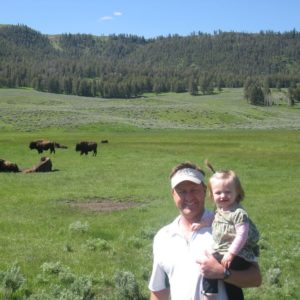 Sean McMahon
Sean McMahon